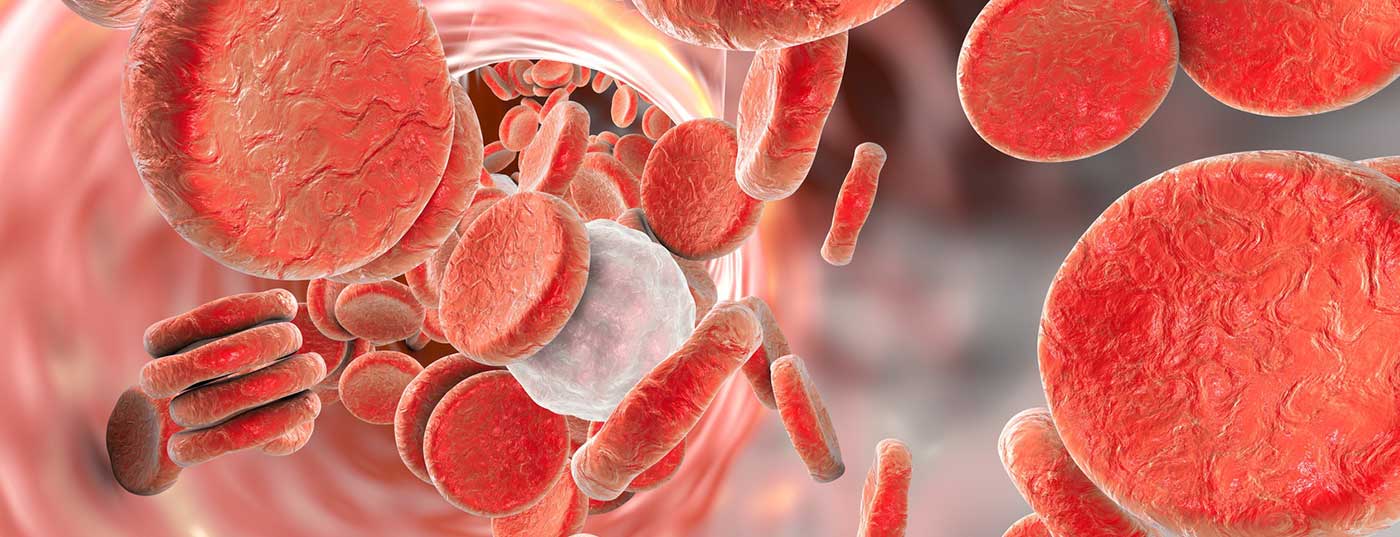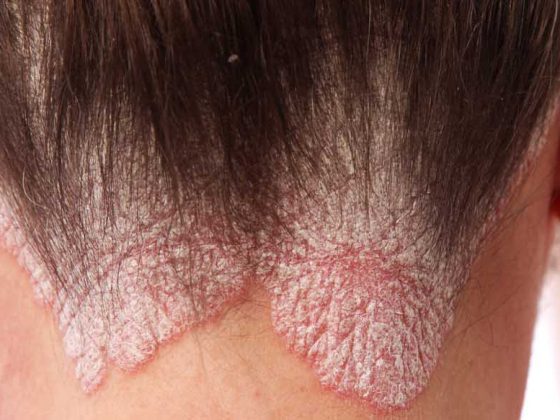Tumor-associated thromboembolism can have fatal consequences. Therefore, effective anticoagulation is indicated in the acute situation and as recurrence prophylaxis. Currently, heparins are recommended. Can NOAKs also be used?
The mortality rate of VTEs is comparatively high. Many patients therefore require anticoagulation. Whether as acute therapy or for relapse prophylaxis. The use of low-molecular-weight heparins or fondaparinux is recommended for this purpose. But NOAKs are gaining ground in other disciplines. Several studies have now examined their use in VTE as well. The result: NOAKs can effectively prevent thromboembolism, but they can only be used in a targeted manner.
This is because there are also some arguments against the administration of the new class of active ingredients. These potentially interact with certain tumor therapeutics, so this should be clarified in advance in any case. NOAKs are also contraindicated in patients with marked renal dysfunction. In addition, there is currently no experience regarding dosing in thrombocytopenias. Furthermore, since the treatment must be carried out consistently, the patient’s adherence should be stable and followed up by the physician.
Therefore, because of the many contraindications or lack of experience, NOAK administration may be more indicated in cancer patients who are receiving hormone therapy but not chemotherapy or who are undergoing follow-up.
Further reading:
- Carrier M, et al: N Engl J Med 2019; 380: 711-719.
- McBane RD, et al: Blood 2018; 132: 421.
- Raskob GE, et al: N Engl J Med 2018; 378: 615-624.
- Young AM, et al: J Clin Oncol 2018; 36: 2017-2023.
InFo ONCOLOGY & HEMATOLOGY 2019; 7(4): 23.












